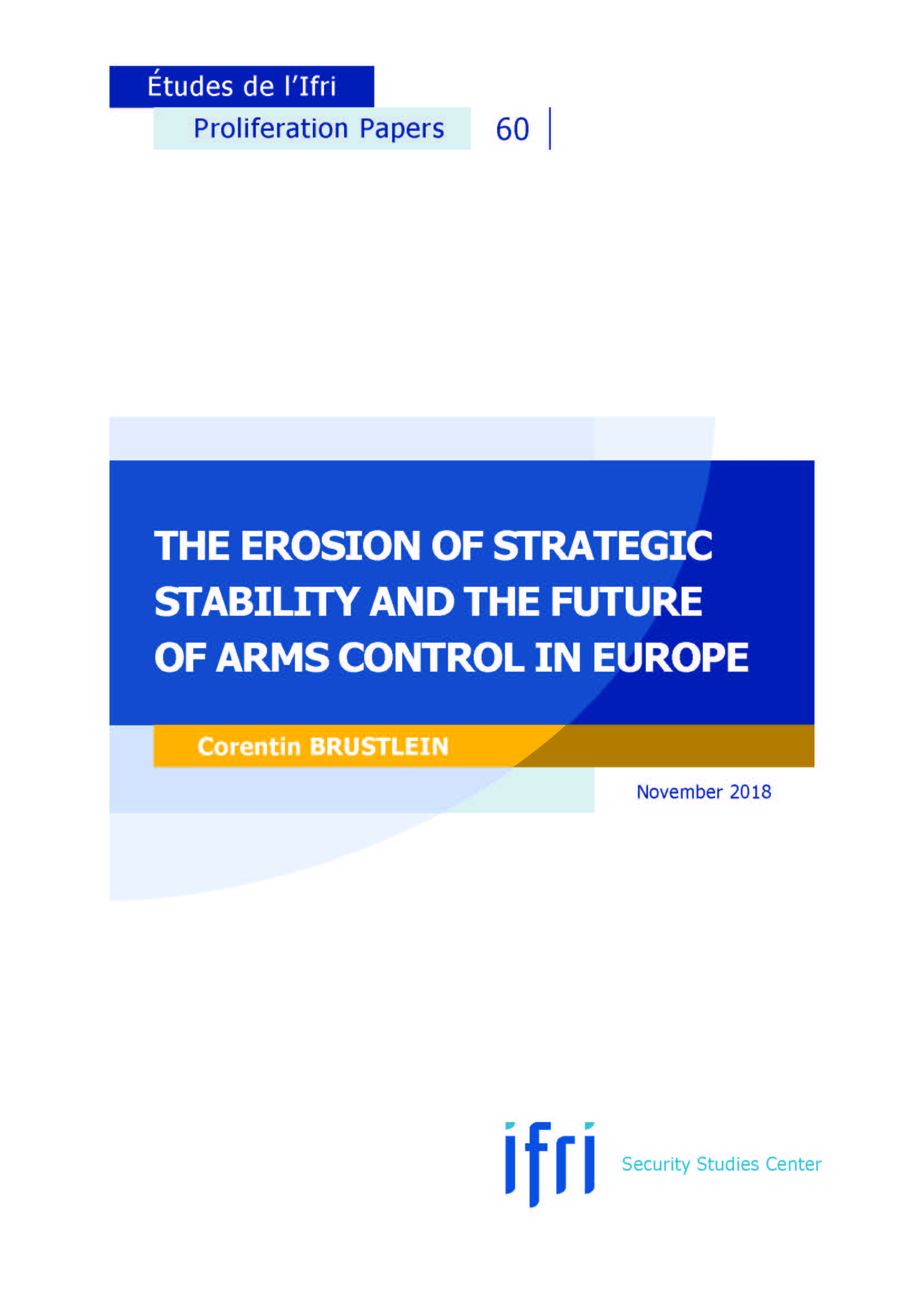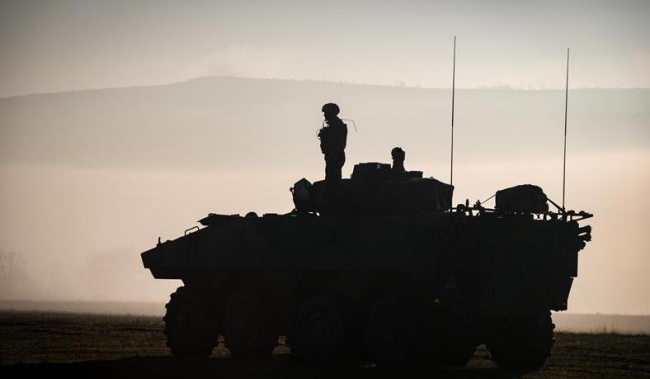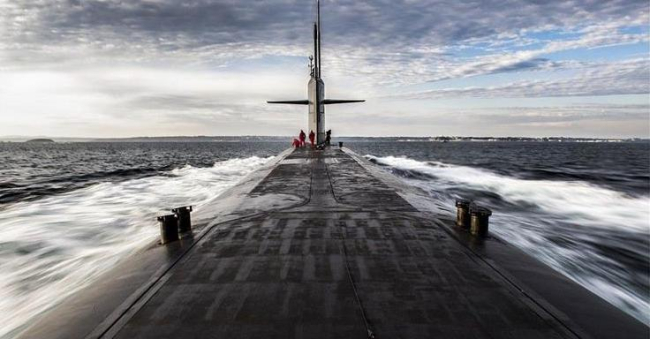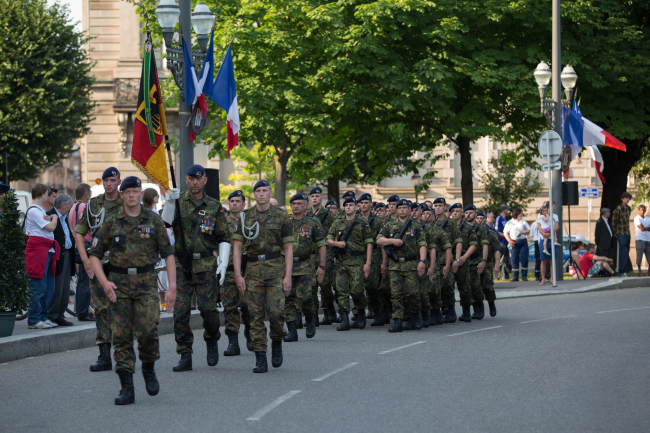The Erosion of Strategic Stability and the Future of Arms Control in Europe

The instruments of cooperative security created during and since the Cold War to foster mutual confidence and reduce the risks of war, inadvertent escalation, and arms races, in and around Europe, have come under increasing strain.
The European security architecture has been – and is being – weakened by renewed geopolitical competition, technological and military developments, and states violating or bypassing international law, or walking away from previous commitments. Against this backdrop, it is crucial to reassess the meaning and requirements of crisis and strategic stability in Europe. This report looks at some current and future sources of strategic instability, and focuses in particular on how the Russian way of waging modern conflict could, through the importance given to strategic ambiguity and operational opacity, fuel escalatory dynamics in Europe. It argues that strengthening strategic stability in Europe requires a two-pronged approach, combining a sustained effort to reinforce deterrence and defense in Europe with new confidence- and security-building and arms control measures to reduce reciprocal fears, incentives to escalate rapidly during a crisis, and risks of conventional and nuclear war in Europe.

Available in:
Regions and themes
ISBN / ISSN
Share
Download the full analysis
This page contains only a summary of our work. If you would like to have access to all the information from our research on the subject, you can download the full version in PDF format.
The Erosion of Strategic Stability and the Future of Arms Control in Europe
Related centers and programs
Discover our other research centers and programsFind out more
Discover all our analysesThe Franco-German Brigade and the Revival of European Defense
One thing has been clear since Donald Trump's return to the White House: the very existence of the European unification project is threatened. Unless it develops a sovereign defense policy to counter the war in Ukraine and the weakening of American security guarantees, the European Union will continue to see its internal cohesion and external attractiveness wane.
Taking the Pulse: Can Europeans Build Their Independent Extended Nuclear Deterrent?
Confronted with a U.S. disengagement and the Russian threat, Europeans are reconsidering their stance on nuclear deterrence. Given the capabilities of the French and British arsenals, can Europe develop an independent nuclear deterrent?

RAMSES 2024. A World to Be Remade
For its 42nd edition, RAMSES 2024 identifies three major challenges for 2024.
A Transatlantic Defense Industrial Base? Two Contrasting Views
The evolving landscape of global defense cooperation has brought the transatlantic relationship between the United States (US) and Europe into sharp focus. As geopolitical tensions rise and the threat environment becomes more complex, the question of how Europe can best ensure its security while navigating its relationship with the United States has become paramount. This double feature report offers two contrasting views on the dynamics of US-Europe defense industrial relations, highlighting the challenges and opportunities that lie ahead for both parties.










